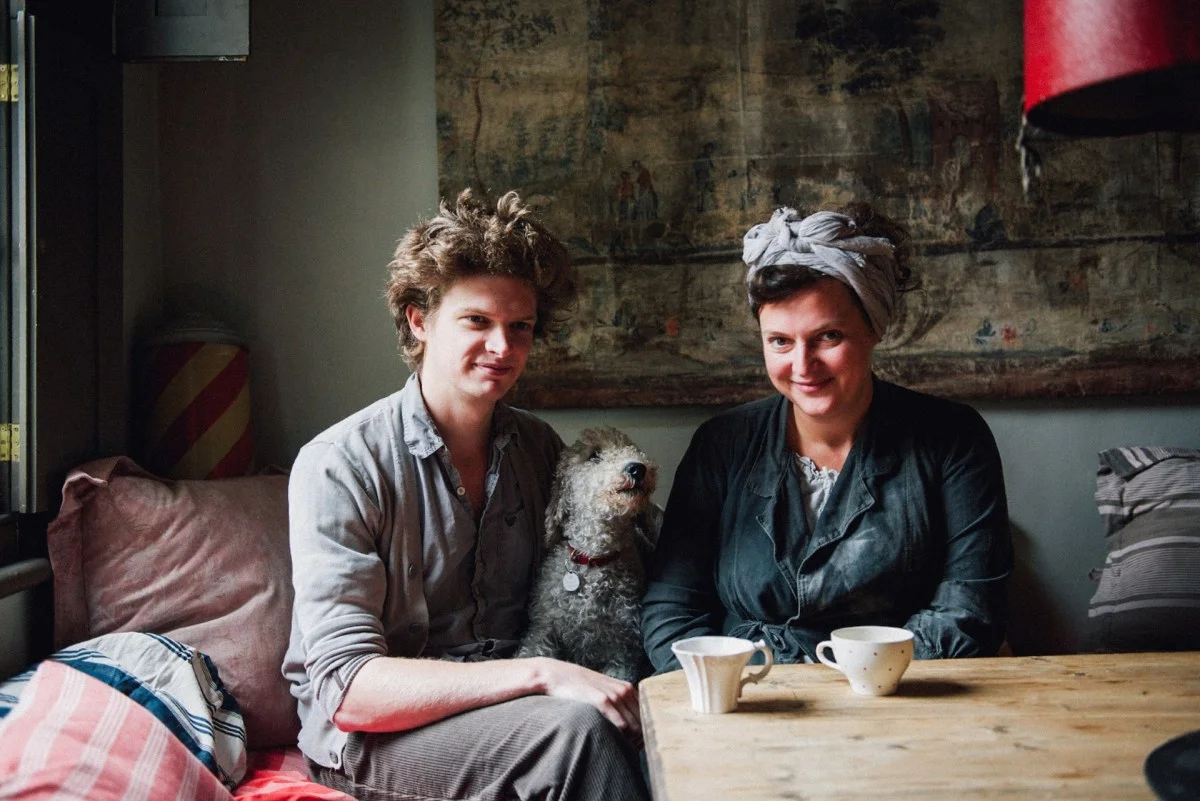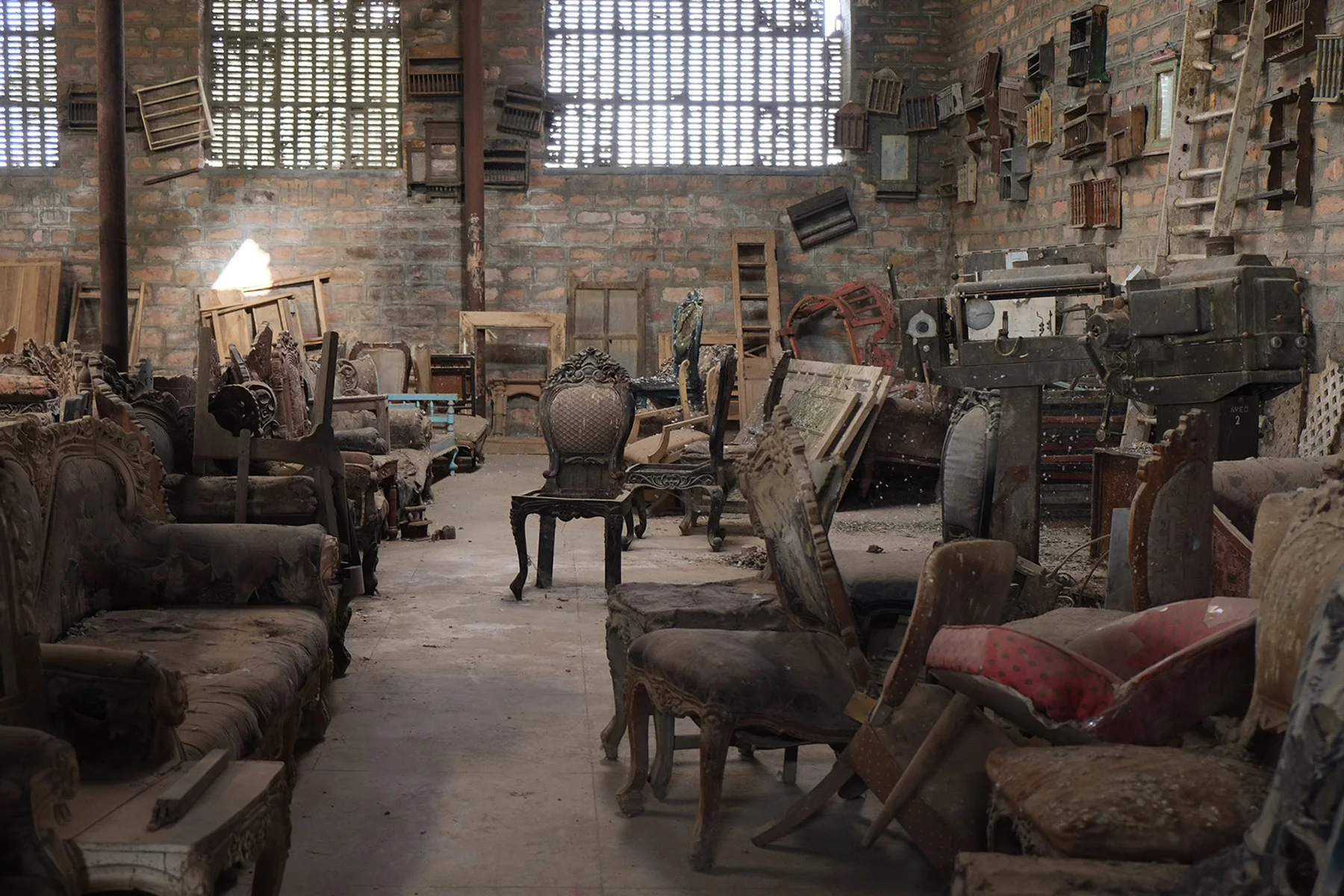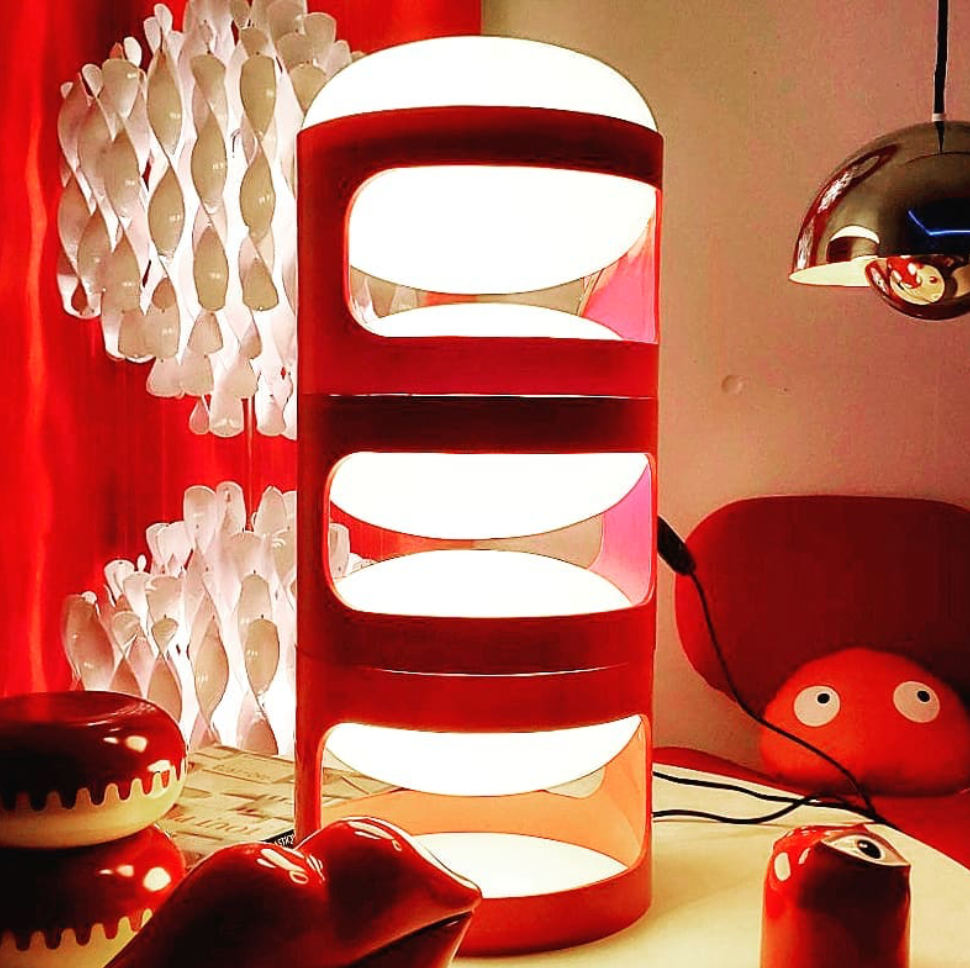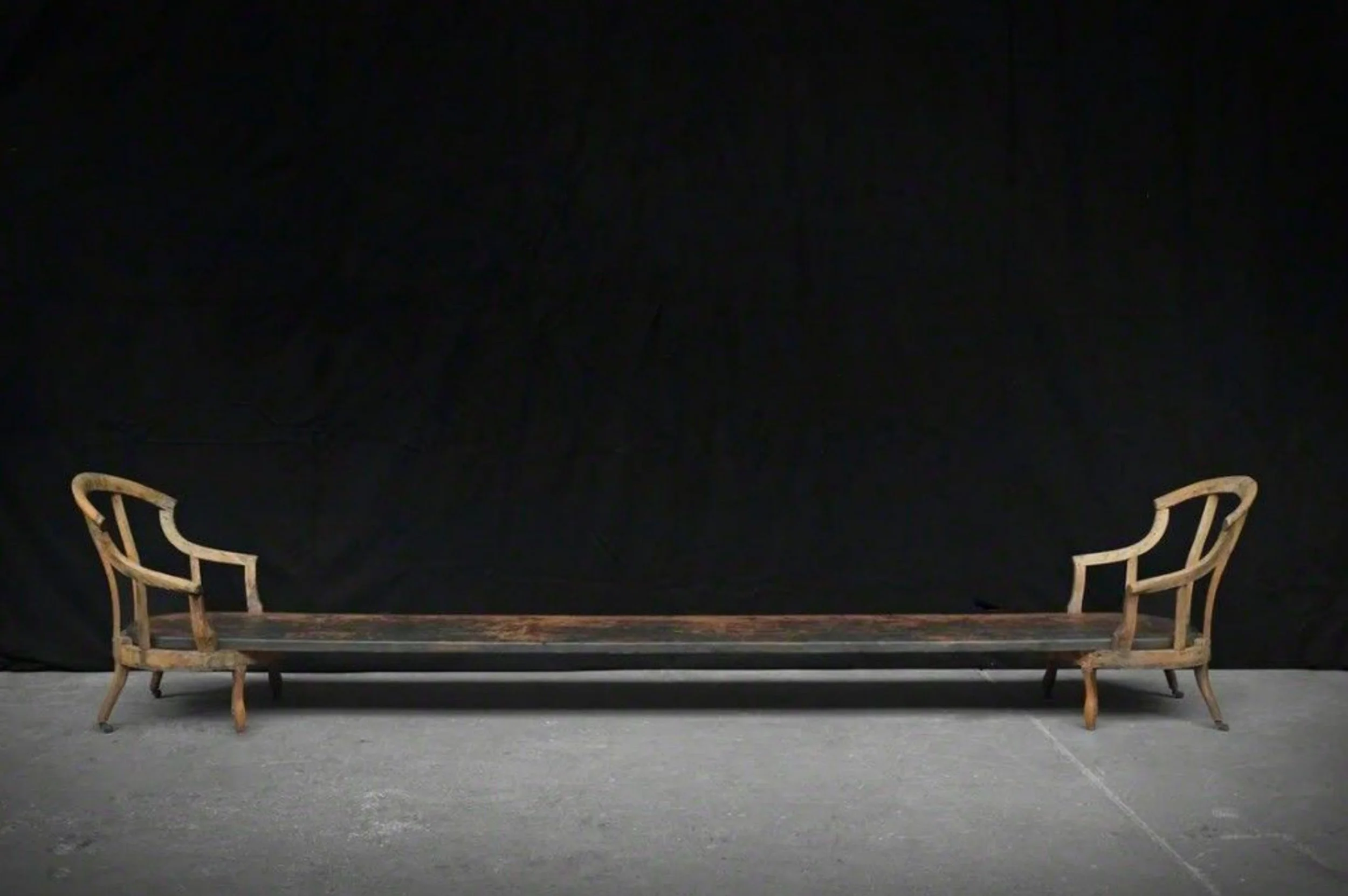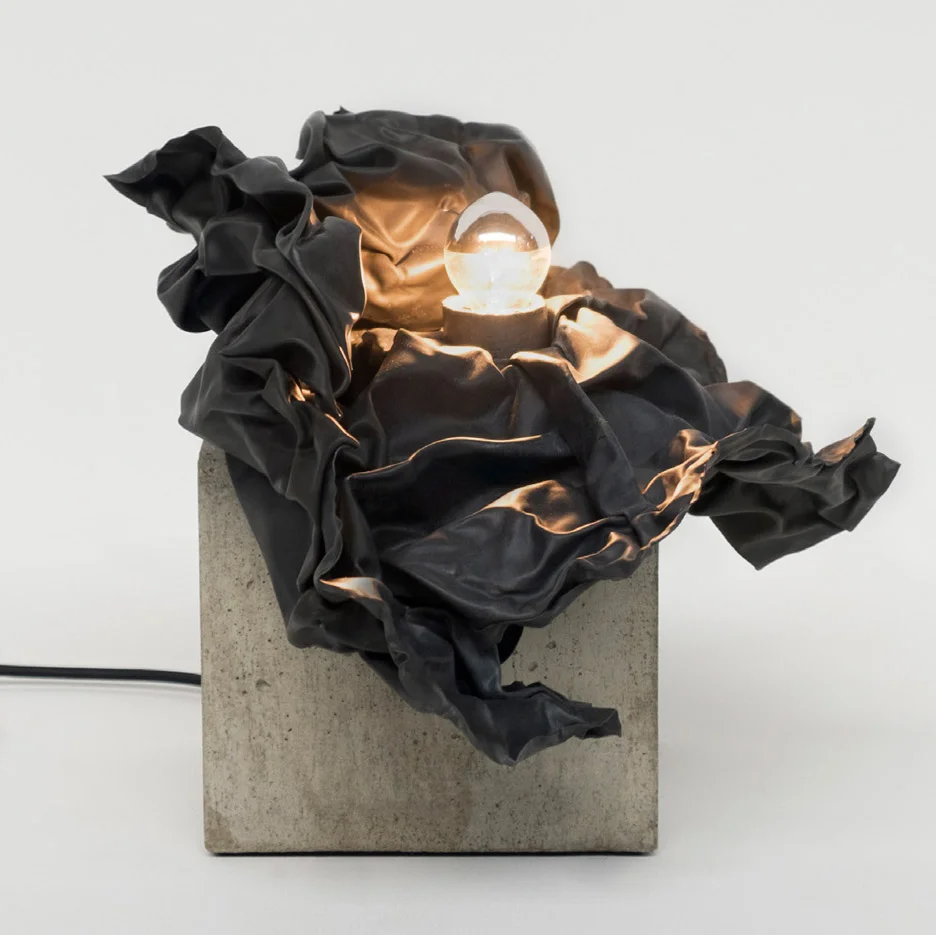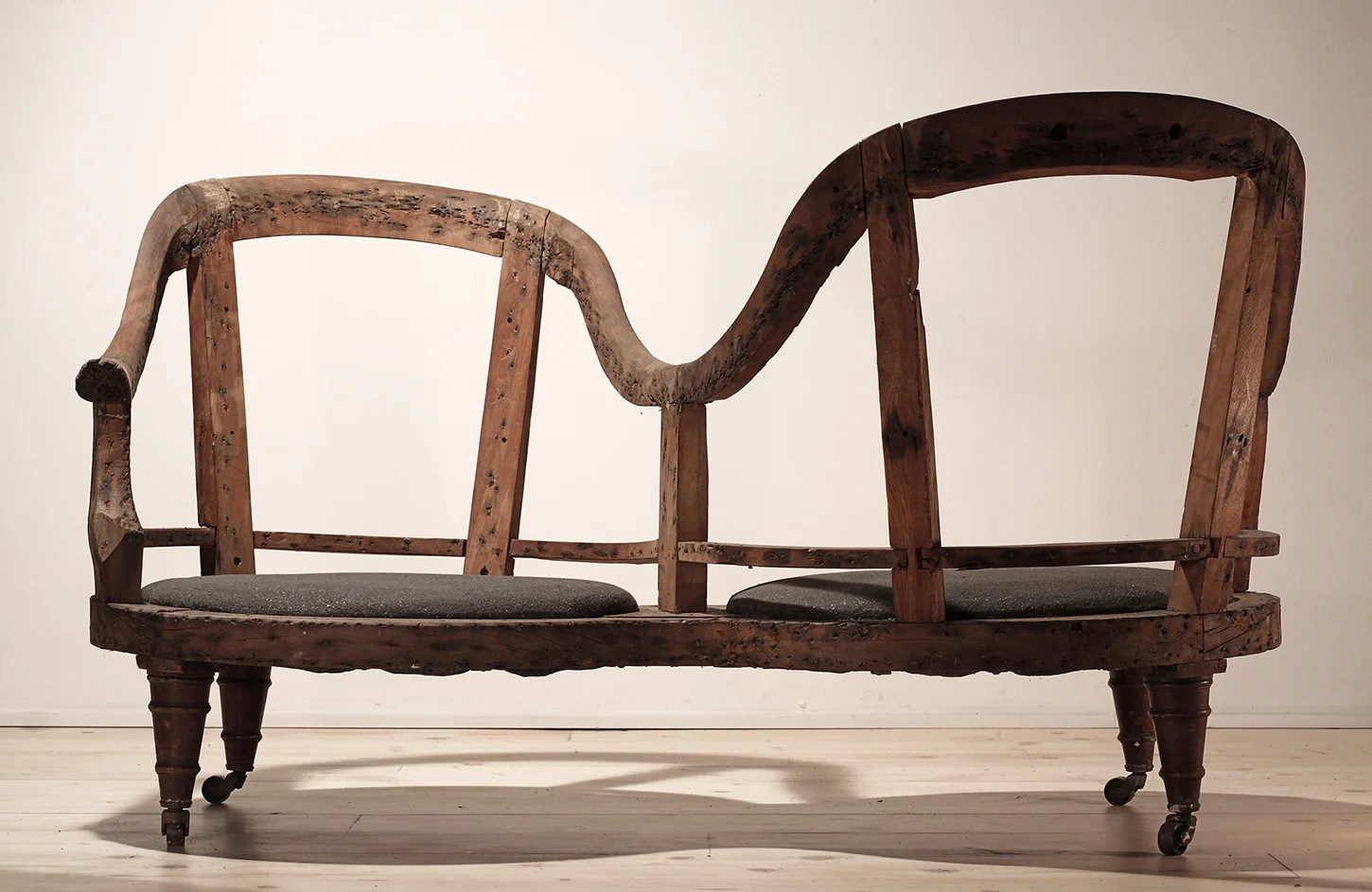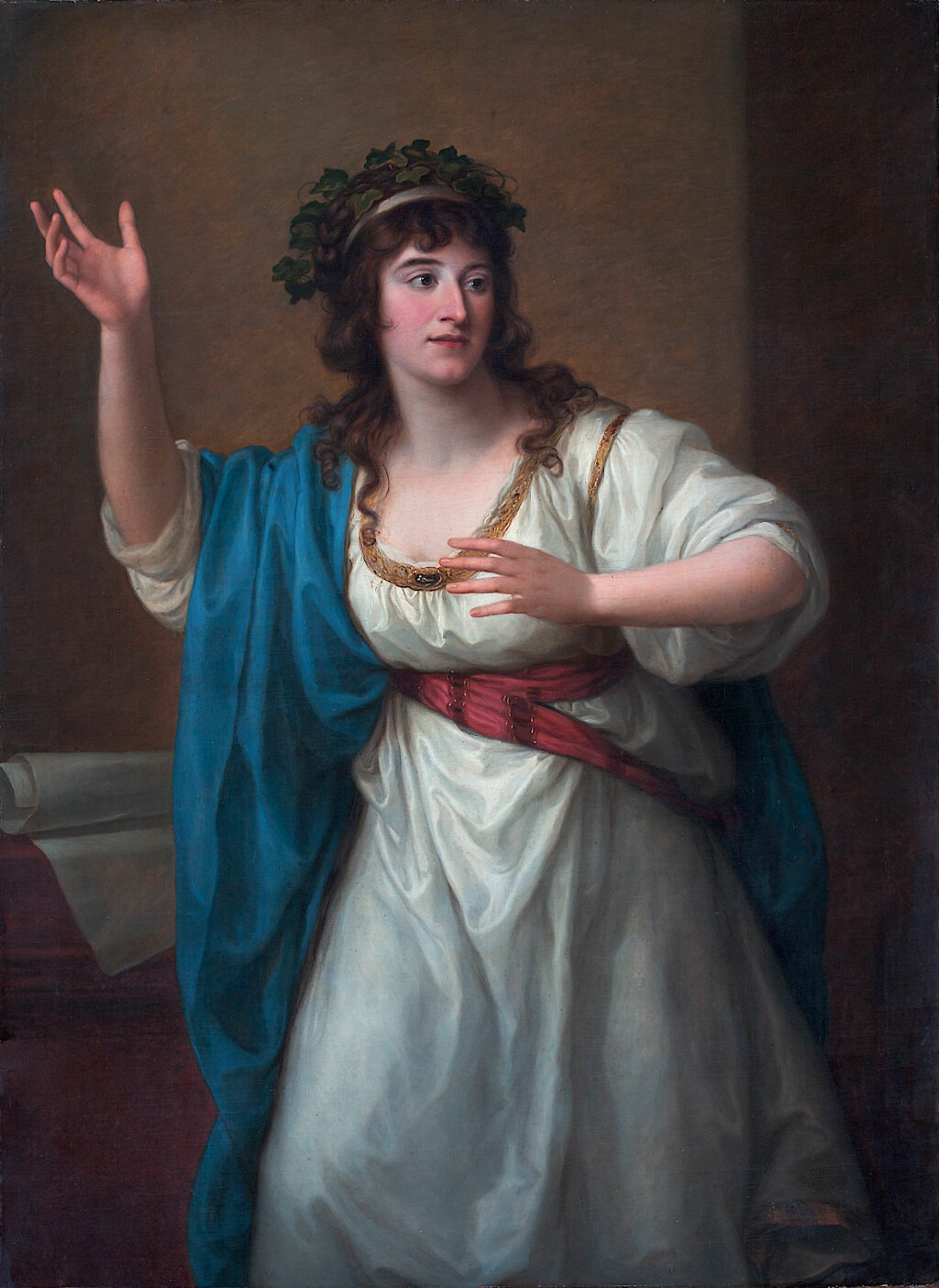Lost and Found
James Russell and Hannah Plumb
It is surprising to discover the diversity of the dumpster diving world: it encompasses a variety of characters, from the forager to the hoarder, the scavenger to the gleaner. It is a worldwide phenomenon, manifested in both rural and urban environments. The majority of practitioners do it out of necessity, but a segment of dumpster divers passionately amass discarded objects, repurposing and recycling them with the intent of either reducing the ecological footprint on the planet, or for philosophical reasons. Some do it for both. In some cases, it is a lifestyle, in others, a pathology. The common thread is the dedication with which people invest themselves in this type of activity: there is a deep-rooted psychological motivation triggering their drive, which manifests itself with different degrees of intensity.
In 2014, JamesPlumb gave a talk at Parsons School of Design called “Object Histories: The Power of Imperfect Objects.” The designers spent about half of the lecture, which lasted around thirty-five minutes, talking over the process of finding the relics that they turn into centerpieces of artifacts for interiors. Seeing them live, one witnesses a sincere and ingrained psychological motivation at the root of their process that goes beyond object making. When describing their findings in derelict places, they expressed their profound appreciation for the process of discovering the fragments, which they search for devotedly. These designers lead a perfectly adaptive life, but there is a residual component in their activities connected to the conditions of dumpster diving.
Foto Credit: JamesPlum Website 2018
Their firm, JamesPlumb, is creating objects, furniture pieces, and interior environments, proposing a system of migration of strategies extracted from the fine arts, and specifically sculpture, transferring them into the realm of design. They are fascinated by “the strange allure of accidental geometry, and perfection interrupted.”[1] They dismember and reassemble pieces of found furniture remains in combination with new materials, such as concrete, that challenge the conventional language of furniture and decorative objects and environments. They propose a new and sometimes disruptive relationship between the furniture and the body, or the furniture and the interior. In some of their objects and environments, they evoke abstract poetry and theatrical narratives. Their distinct and peculiar approach to furniture, object, and environment creation is through the thinking and language of their fine arts training.
JamesPlumb was founded in 2009 by two artists: James Russell, who was born in 1980 in Belfast, Northern Ireland, and Hannah Plumb who was born in Surrey, England in 1981. They met at Wimbledon School of Art where they both studied Fine Arts and Sculpture. After graduating in 2003, they moved to London where they shared a studio. They now occupy an 1,800-square-foot former water-storage venue in South London as their studio. This large facility is crucial to them because it allows them to stockpile their collected relics and provides them with workshop space for making products by hand, which are both very important to their professional practice. Collecting the right relics, assembling them in combination with new materials, and devoting lengthy attention to details are vital components of their creative process. They explore the territory that oscillates between art and purpose, creating objects and furniture by altering their functions.
“Samson,” 2009
The first piece they created together in 2009, called “Samson,” is an assembly of a headless sit-on toy horse with an old light fixture replacing the head. Their impulse was to give it a name to infuse the object with an anthropomorphic quality through language, a practice they have kept ever since. They call these pieces “characters,” stating that broken pieces are more animated, and their imperfections humanize them. Russel and Plumb empathize with their hardship. For them finding the right pieces is like the feeling of “falling in love.” Sometimes it is the patina of time that is irresistible; sometimes it is what the piece does when they bring it to their studio, and it falls apart, forcing them to adapt to the new result. They profess a liking for the accidents that naturally happen and state that they are drawn to fragmented objects emotionally, and not intellectually, describing the drive towards them as impulsive decision-making.
The complementary materials they introduce to accompany the original found piece need not override it: the found piece is always the soul of the new combination. They say that the remnants speak to them, and that it all starts with the found object, which dictates everything else. They do not like the idea of restoration; they prefer to simply clean the pieces, without intervening too much. As they stated in their lecture at Parsons School of Design in 2014, to them, there is no single process to follow when creating. They proclaim that they like to be receptive to every little nuance they see in the process of dealing with the new creation and their dilapidated fragments. In the case of their work with interiors, they conceptualize and make drawings beforehand, but to them nothing beats going to the site and finalizing installation hands-on, taking into consideration every element to the millimetric precision.
Their object and environment work started almost in parallel. In 2007 Russell and Plumb began working together producing commissions for interior designers when they had not yet formed their firm. Their introduction to the design field happened in 2009 at the London Design Festival. They rented a booth where in an installation setting, they presented a black open tent and displayed a variety of objects they had been storing or using at their home. They then traveled to Milan with a rework of the same installation, taking the first arrangement a little further. The “One Room Hotel” followed in London in 2010, where the space was an exhibit during the day and a hotel room during the night, responding to the fact that people wanted to spend time in their environment. Here they controlled the whole experience of their interior, providing candles, scent, music, and films, acknowledging their belief that interior design encompasses more than objects and that the experience comes full circle when all those added details are incorporated.
“Home from Home,” 2015.
“One Hotel Room,” 2010.
While typically designers are in dialog with their peers and participate in aesthetic movements, in contrast, JamesPlumb is a couple’s journey in the process of conceptions that represents mutations from one cultural domain into another. In this way, theirs is a singular experience outside of the current trends, re-interpreting the language of the arts and incorporating it into the realm of the material culture. In doing so they add an extra value to their production, turning them more experiential in an era where a whole coming of age generation appreciates experiences over acquiring material goods.
In the world of JamesPlumb, references coming from the fine arts are abundant. They come from sculpture, photography, installation pieces, theater, poetry, and literature. Given their formal training in sculpture, it is not surprising that much of their work seem derivative from art history. Just to give three examples: First, during the past century, assemblages and collages were used by multiple artists of different allegiances. One of the most iconic art pieces of the 20th century, the “Bicycle Wheel,” created in 1913 by Marcel Duchamp, is an assembly of a stool and a bicycle wheel. This piece, which represents the first readymade, revolutionized art making by arranging found objects into a new whole and proclaiming it a work of art by the sole intent of the artist. JamesPlumb’s assemblages transpose an analogous pastiche method into design-making originating their uncommon strategy to conceiving utilitarian objects.
Marcel Duchamp, “Bicycle Wheel",” 1913
Rachel Whiteread, “Untitled (One Hundred Spaces),” 1997
Second, JamesPlumb’s “Concrete Stitches” Series might be a straight reference to the work of Rachel Whiteread’s “Untitled (One Hundred Spaces),” a 1995 installation of 100 jewel-like resin casts of the underside of chairs. The “Concrete Stitches” Series is a collection of furniture that each either have their cushions cast in cement or their seat-frame filled-in with a cement block. In the latter case, as with Whiteread’s piece, the designers materialize the void of the seating area and its extension to the floor with the afore-mentioned industrial material. Third, in a work called “Untitled,” from 1998, artist Doris Salcedo combines two pieces of antique furniture with poured cement. Cement in combination with old reclaimed pieces is a recurring motif in the work of these designers.
Doris Salcedo, Installation View, 52nd Carnegie International, Pittsburgh, 1995. Photo credit: Richard Stoner
Also, there are references one could extrapolate from the world of the performing arts. For instance, “Café Muller” (1978), a choreographic piece by Pina Bausch, exemplifies the use of old furniture as a psychological reminiscence of the past in a theater setting. In it, several dozen old wooden chairs are used as stage décor for an intense, repetitive and traumatic event, evoking a moment in life that left a profound mark on the subject of the trauma, emphasizing the power of memory in our human existence. In the work of JamesPlumb, narratives of memory, drama and theatricality can be found in pieces like “A Reading Room” from 2012, in many of their luminaries like “A Study of a Candle’s Shadow I (Black Projection)” from 2012, in various vignettes they have installed in their commercial work for Hostem and in their exhibitions installations.
In their work JamesPlumb cleverly make use of several art-inspired schemes to develop products for the commercial world. By doing so with that which has been discarded from society, it is paradoxical that their productions are in most cases very expensive, often in the range of tens of thousands of dollars apiece, and affordable for an elite few. Most people neither can afford their creations, nor have the large spaces to accommodate them, and most people cannot make them work with the rest of their existing furniture, nor acquire new furniture to justify the addition. Most of their productions are collectibles before they have even made a mark in the history of design. In this sense their work could be viewed as a trick intended to attract the attention of the new field they are cross-fertilizing.
What these pieces can do to the common consumer is to provide inspiration to apply JamesPlumb’s object building reasoning in a do-it-yourself kind of fashion. Inspired by or look alike pieces could eventually be created with accessible furniture relics. Some people with hands-on kind of attitudes and resolve could eventually produce these readymade-inspired artifacts. On the other hand, one could not do the same with mass produced products which require industrial machinery for its fabrication.
Quasar Kahahn, “Aerospace Collection,” 1967-68
Joe Colombo, “Modular Living Environments,” 1969
Joe Colombo, “KD 27 Stackable Lighting” 1967
JamesPlumb are clearly searching for a new interpretation of furniture and interior making. This type of inquiry is not foreign to the field of design. On the contrary is has been an omnipresent catalyst for change throughout its history and one can find numerous examples of ways of creating objects that challenge the conventions of their time. To name one example, during the 1960s this fact became paradigmatic. That decade saw the creation of inflatable furniture,[2] modular furniture,[3] stackable light fixtures,[4] and more. However, then, practitioners were continually searching for a new aesthetic that was mass-produced, rebellious, ironic, and more transient. In the case of JamesPlumb’s work, their innovation manifests as a pervasive presence of a disruptive device that makes their object break away from historical conventions of furniture creation: the chair or sofa that is comprised of a heavy block of cement which makes them impossible to move, the surprising use of the carcasses of chairs as legs at both ends of a awkwardly long coffee table, the found mirror whose reflective surface has been cut out halfway, to name a few examples. But, in opposition to the designers of the 1960s, JamesPlumb’s work are in many cases assembled by hand, unique, not mass-produced and intended to be possessed for a long time.
Additionally, these designers seem to propose an unorthodox relationship between their furniture and the human body, which is best exemplified in “Chesterfield Table,” from 2014. This piece is a combination of a reclaimed sofa, with a narrow and long piece of oak pew bench, and a block of concrete as the foot for the table. The pew is laid at the center of the seating area of the sofa, and protrudes out several feet, negating part of the sofa as seating, and resting on the block of cement. The user needs to solve the problem of how to use this piece: it is a puzzle. Either only two bodies will be seated, separated by the table area, or all surfaces are to be used as seating areas. The former suggests an unrelenting distance between the bodies. If all areas are to be used as seating, some of the bodies might have to be contorted to have successful communication with one another. Some bodies will rest facing their backs to some individuals, in this case also canceling out the interplay between some of the seated persons. A combination of the two previous alternatives is also possible, using the table as such in the areas closer to the sofa and as seating at the end of it. The use of this type of furniture requires a thinking and decision-making process.
“Until-death-do-us-part”
“Alone Together,” 2015.
Similar operations are at play in “Indigo Bench” from 2016, a long bench that has almost half of it covered by a profusion of the upholstering material, which would obstruct with the regular use of the furniture. Here and in the “Concrete Stitches Series,” where the seating areas are made out of cement, the body and the mind are challenged in different manners. In the former case, the body is confronted by having to experience the temperature and the hardness of cement, and on the latter by having to confront the mound of wrinkled material. As for the mind, in both cases it is provoked by having to adjust to the unfamiliar and the unexpected.
“A Reading Room,” from 2012, is an assemblage of an old set of snail stairs with a pulpit on top. Inside the pulpit, there is a cushion, and a sconce illuminates it. It suggests an embrace of the body, like a cocoon for the use of one function only, that of reading. It is an entirely new proposition and a unique artifact that could have an existence inside an apartment but whose introduction into a space would have to be negotiated against the interior itself and with all other artifacts contained in it. It is such an imposing piece that it would override the attention of every object present in the room.
“Goodnight Day,” 2012
“Chesterfield Table,” 2015
Moreover, JamesPlumb also subverts the language of furniture building, transforming the carcasses of chairs into legs for a long coffee table, stair relics into shelves, wrinkled and crushed pieces of metal into light fixtures, to name a few examples.
From a more skeptical perspective, one can speculate that these artists found the perfect gimmick to introduce themselves into a commercial field that found in them an intriguing way of proceeding. They placed themselves in the outer-edges of both fields, the Arts and Design, adopting a program of infusing object and environment making with poetic and symbolic fetishism to advance a commercial operation creating furniture and interiors for the few and disseminating inspiration for the many. Although this criticism is well-founded, the more visible creative mechanisms that they make use of are still significant. These designers are playing with vestigial remembrances, devising new life for the almost defunct and useless. They propose new solutions, observing the landscape of long-lost memories, often incorporating a disruptive component in their artifacts and environments. JamesPlumb’s modus operandi includes an emphasis on the importance of an overarching process of dialog between them and the found pieces. With a program of cross-pollination from the fine arts, their peculiar professional pathway has mutated into a singular niche within the field of design.
“Indigo Bench,” part of the “Burnished Indigo Project,” 2016
“Studies in Permanence,” 2017.
“To Have and to Hold,” 2010
“To Honor and to Treasure,” 2012
Notes
[1]. JamesPlumb, “Statement 020/365,” Accessed November 12, 2018, http://jamesplumb.co.uk/020365/.
[2]. See Aerospace Collection, 1968 by Quasar Khanh.
[3]. See Modular Living Environments, 1969, by Joe Colombo
[4]. See KD27 Stackable Lighting, 1967, by Joe Colombo.
Bibliography
Chaffin, Chris. “Mood Indigo: JamesPlumb’s passion for the pass drives their future.” Panomo, December 2014. https://www.pamono.com/stories/mood-indigo-james-plumb.
Fiell, Charlotte and Peter. 1000 Chairs. Cologne: Taschen, 1997.
Griffiths, Alyn. “JamesPlumb: To Have and To Hold.” Port Magazine, October 16, 2012. http://www.port-magazine.com/design/jamesplumb-to-have-and-to-hold/.
JamesPlumb. “Statement 05/10/2017.” Accessed November 12, 2018. http://jamesplumb.co.uk
Jennings, Luke. “The True Face of Modernism.” The Guardian, February 17, 2008. https://www.theguardian.com/stage/2008/feb/17/dance.modernism.
Kliff, Sarah. “The Things We Carry: Artists Confront Compulsive Hoarding.” Newsweek Magazine, July 20, 2009. https://www.newsweek.com/things-we-carry-artists-confront-compulsive-hoarding-222582.
Medford, Sarah. “Q&A with Three London Designing Couples.” WSJ Magazine, November 4, 2015. https://www.wsj.com/articles/q-as-with-three-london-designing-couples-1448386452.
Panomo Team. “JamesPlumb.” Accessed November 12, 2018. https://www.pamono.com/designers/jamesplumb.
Slete Gallery. “Artists: JamesPlumb.” Accessed November 12, 2018. http://www.sletegallery.com/artists/jamesplumb/archive.
Varda, Anges. The Gleaners and I. (2001; New York, NY), film.
VD Team. “Hannah Plum and James Russell’s Home.” Accessed November 12, 2018. https://visitorsdesign.com/2016/12/22/hannah-plumb-james-russell-s-home/.
Vimeo. “AfterTaste, JamesPlumb.” Accessed November 12, 2018. https://vimeo.com/64587393.
Winters, Renee. The Hoarding Impulse: Suffocation of the Soul. London & New York: Routledge, 2015.

